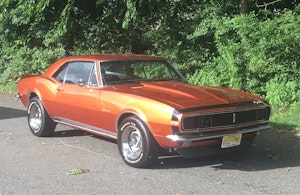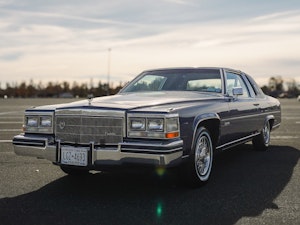Is hand polishing still worth the work?
Taking the time to make the painted surfaces on a car look as good as possible is nothing new. Humans were polishing materials like brass or copper centuries before the advent of modern paint. With cars being a status symbol, and also ever more expensive, it makes sense to keep them looking as good as possible.

To accomplish that, there is no shortage of specialty tools and products to get that perfect mirror finish on your paint. Dual-action buffers are considered standard for most that do regular amounts of compounding and polishing—which is quickly becoming labeled as “paint correction”—but there will always be someone who swears by the ol’ manual labor hand-rub method. Are they as crazy as they seem?
Car detail extraordinaire Ammo NYC just released a video that puts the two methods side by side on a hood to see if the additional elbow grease was worth it.
Having used both methods to get several of my vehicles looking tip-top in the past, I know that using a machine is my preference for paint that needs a heavy cleaning. My girlfriend’s six-month-old Jeep didn’t need a machine polish, as a quick hand rub got it smooth enough to move on to protecting it. However, to remove the “redneck pinstriping” (long scratches due to tree branches dragging down the side) from the black paint on my 1999 Chevrolet would have been an absolute chore to do by hand.
Marketplace
Buy and sell classics with confidence
In the end, this video concludes that machine polish is faster and uses less product (therefore saving money, assuming you already own the polisher), and the final finish is better—although hand polishing still achieved a great finish and has its place for tight areas or delicate finishes. If you have the means to pick up a good dual-action polisher, you’ll certainly find regular use for it. I know I do.











